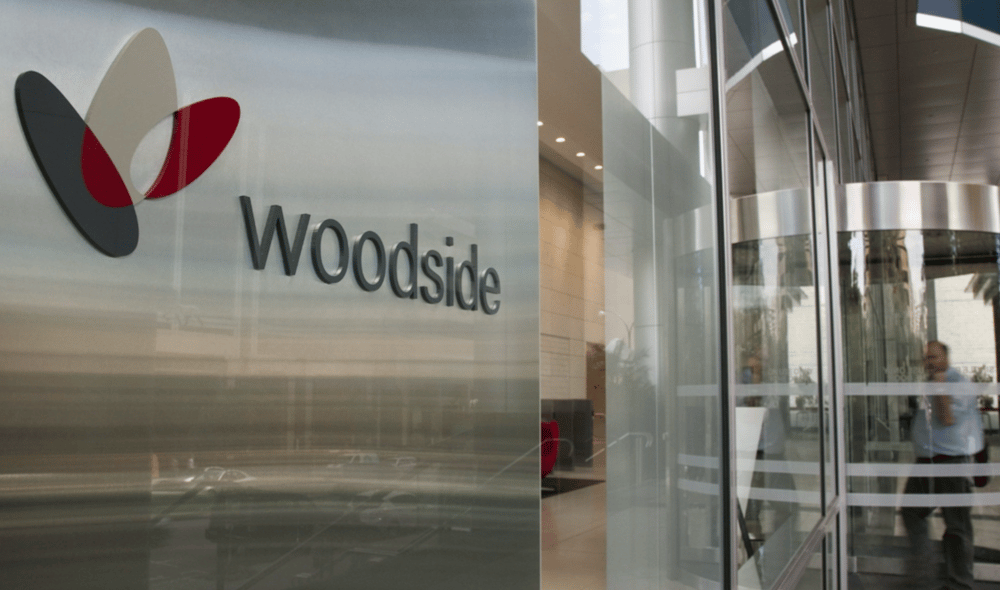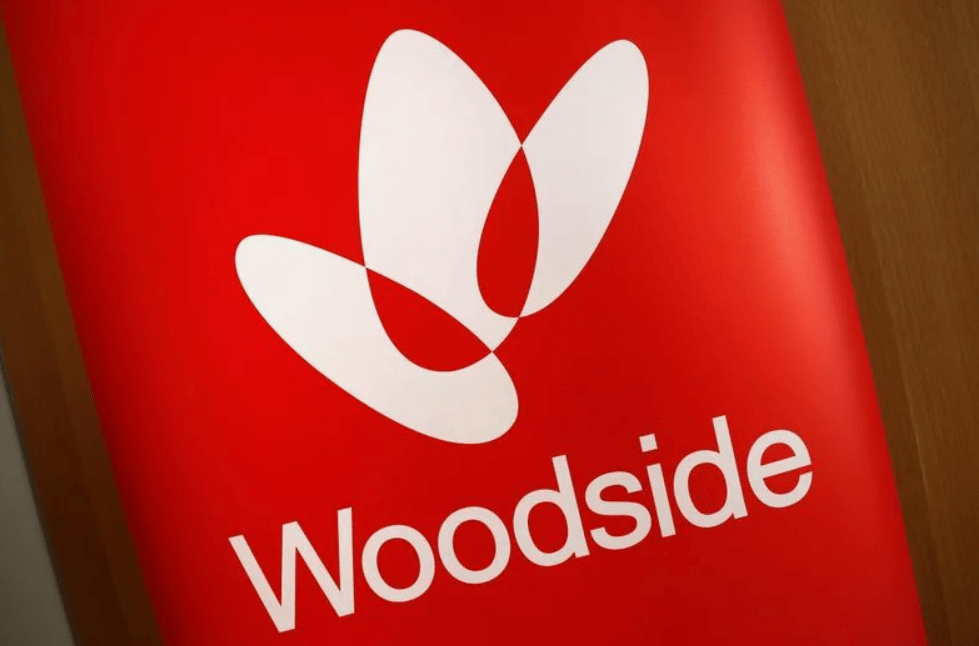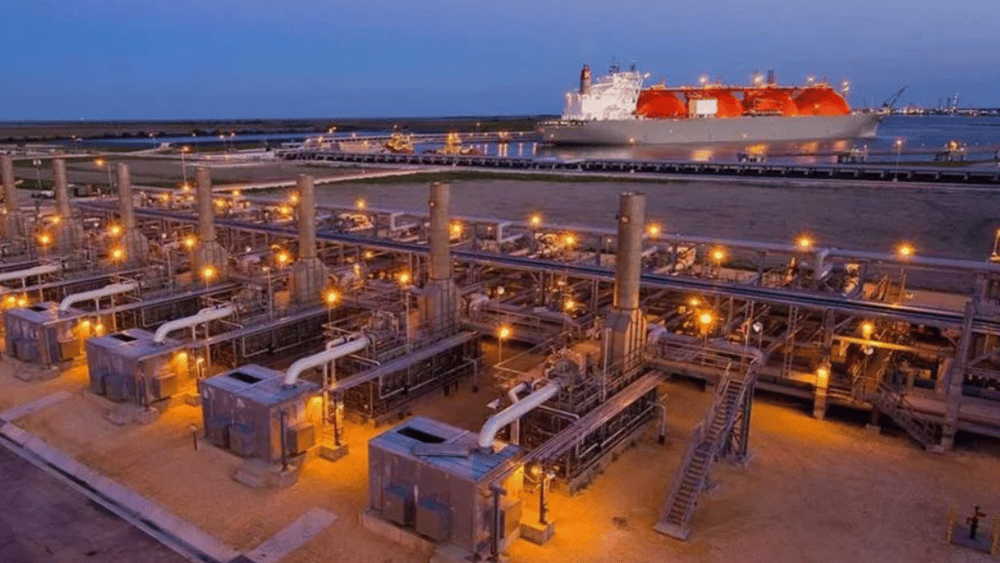

Woodside Energy $WDS, Australia's largest natural gas producer, has announced plans to reduce its stake in the Louisiana LNG project by 20-30%. This move comes as interest in the project, valued at $17.5 billion, continues to grow following its final approval last week. The decision marks a strategic shift for Woodside, as the company looks to balance its ownership structure while capitalizing on the increased interest in liquefied natural gas (LNG). This article explores the reasons behind Woodside's decision to trim its stake, the potential impacts on the project, and how the move reflects broader trends in the energy sector.
The Louisiana LNG project is a significant venture for Woodside Energy, designed to enhance the company's presence in the global LNG market. With a final investment decision (FID) approved recently, the project is poised to play a critical role in meeting global demand for natural gas, particularly in Europe and Asia, where energy markets are undergoing major shifts.
Key Details of the Louisiana LNG Project:
Total Investment: The project is valued at $17.5 billion, making it one of the most significant energy investments in Woodside's history.
Location: Situated in Louisiana, the project aims to leverage the strategic location of the Gulf Coast, a key hub for LNG exports to global markets.
Capacity: The LNG facility will have a substantial production capacity, positioning it to serve key energy markets in Europe and Asia.
Timeline: Woodside expects the project to be operational in the coming years, with an internal rate of return (IRR) projected at 13% and a payback period of approximately seven years.

While Woodside is moving forward with the Louisiana LNG project, the company plans to sell a portion of its stake to other investors, reducing its holding to around 50%. This decision is reflective of Woodside's strategy to maintain financial flexibility while responding to rising interest in the project.
Reasons Behind the Stake Reduction:
Attracting External Investment As interest in LNG grows globally, especially in regions like Europe and Asia, Woodside sees an opportunity to bring in external investors. The sale of a stake will allow Woodside to capitalize on rising demand for LNG while ensuring that the project continues to progress as planned.
Mitigating Risk Exposure Reducing its ownership stake in the Louisiana LNG project helps Woodside mitigate potential risks associated with such a large-scale investment. By diversifying its holdings, the company can better manage risks related to fluctuating energy prices, geopolitical tensions, and changing regulatory environments.
Supporting Financial Goals By reducing its stake, Woodside can maintain financial flexibility and focus on its broader portfolio of energy assets. The company’s goal is to achieve a 50% ownership in the Louisiana LNG project, allowing for a more balanced and diversified investment strategy.

The decision to move forward with the Louisiana LNG project is also influenced by the broader global energy landscape. U.S. policy, particularly under the current administration, has supported the continued use of fossil fuels, including natural gas. This aligns with Woodside’s strategy to tap into growing markets that require energy diversification, particularly amid the ongoing energy crisis in Europe.
Key Drivers Behind the Project's Growth:
U.S. Fossil Fuel Support The U.S. government has been supportive of fossil fuel projects, including LNG exports, as part of its broader energy strategy. Woodside’s confidence in the project is underpinned by this favorable policy environment, which provides a stable foundation for future operations.
Rising European and Asian Demand Europe and Asia are expected to continue their strong demand for LNG in the coming years, driven by factors such as energy security, economic growth, and the transition from coal to cleaner energy sources. Woodside is well-positioned to benefit from this trend, with the Louisiana LNG project serving as a key supply source.
Competitive Advantage in the Global LNG Market By investing in LNG infrastructure in the U.S., Woodside is strategically positioning itself to compete with other major global LNG producers. With LNG prices expected to remain volatile due to global market shifts, this project offers Woodside an opportunity to secure a significant share of the market.
Woodside Energy’s decision to reduce its stake in the Louisiana LNG project highlights the company’s prudent approach to balancing growth and risk. The project is expected to generate significant returns, with Woodside projecting an internal rate of return (IRR) of 13% and a payback period of seven years. However, by reducing its stake, the company ensures that it can continue to leverage external investment while maintaining a diversified portfolio.
The growing demand for LNG, particularly from Europe and Asia, and the favorable U.S. policy environment, make the Louisiana LNG project a critical part of Woodside’s strategy to secure its position as a leading global LNG supplier. As the project moves forward, Woodside’s ability to navigate the complexities of the energy sector and balance its interests will be key to its continued success in the evolving global energy landscape.
A transaction of this magnitude may pave the way for a new era in tech automation